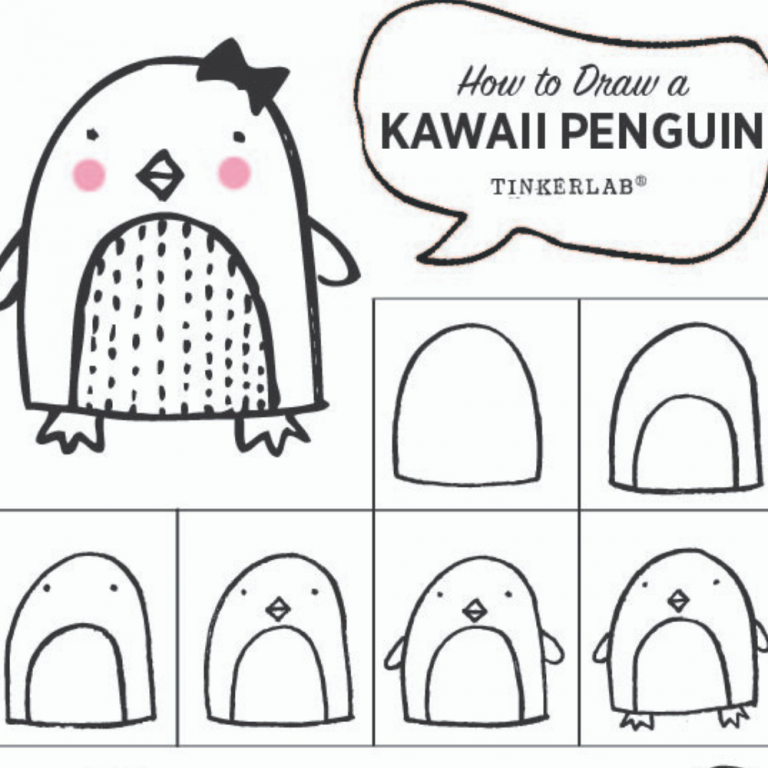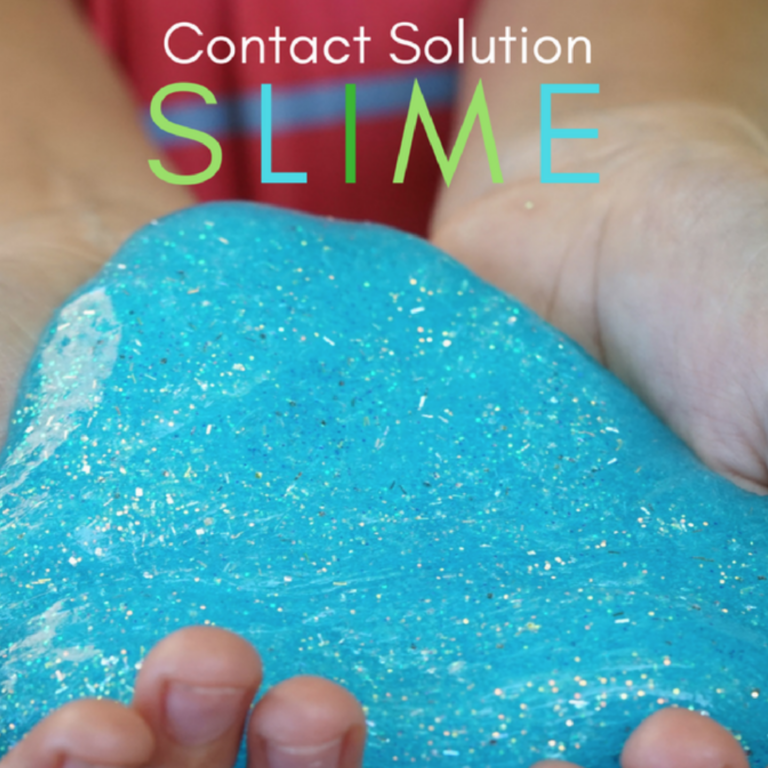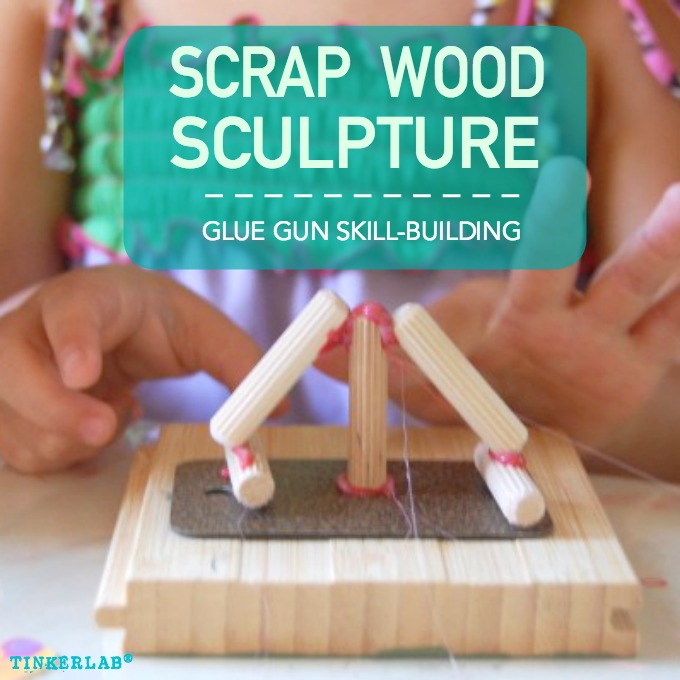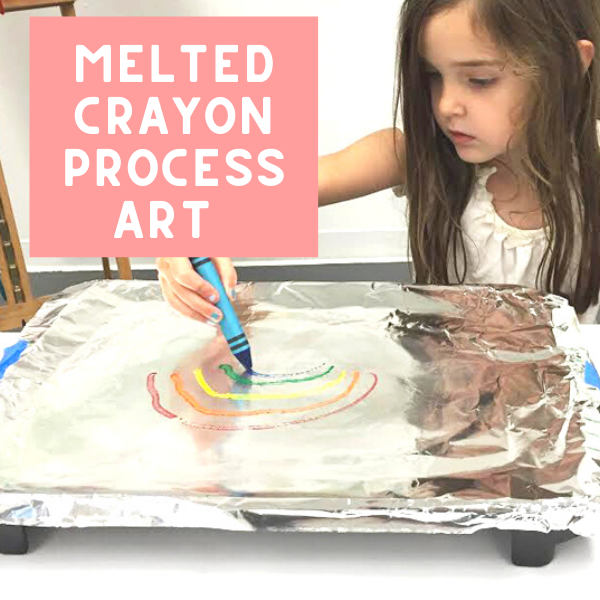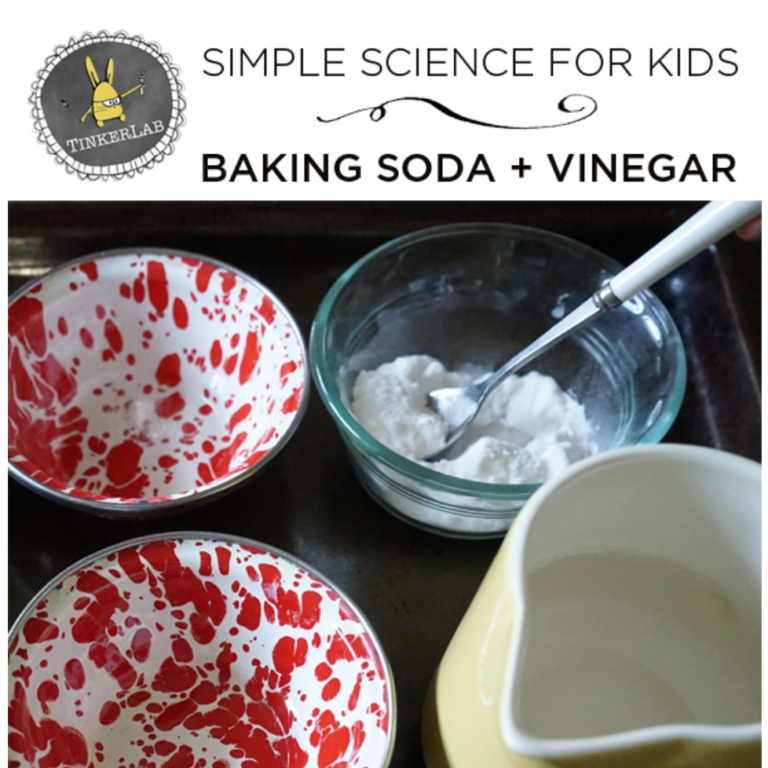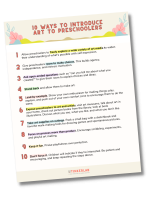12 Art Projects for Toddlers
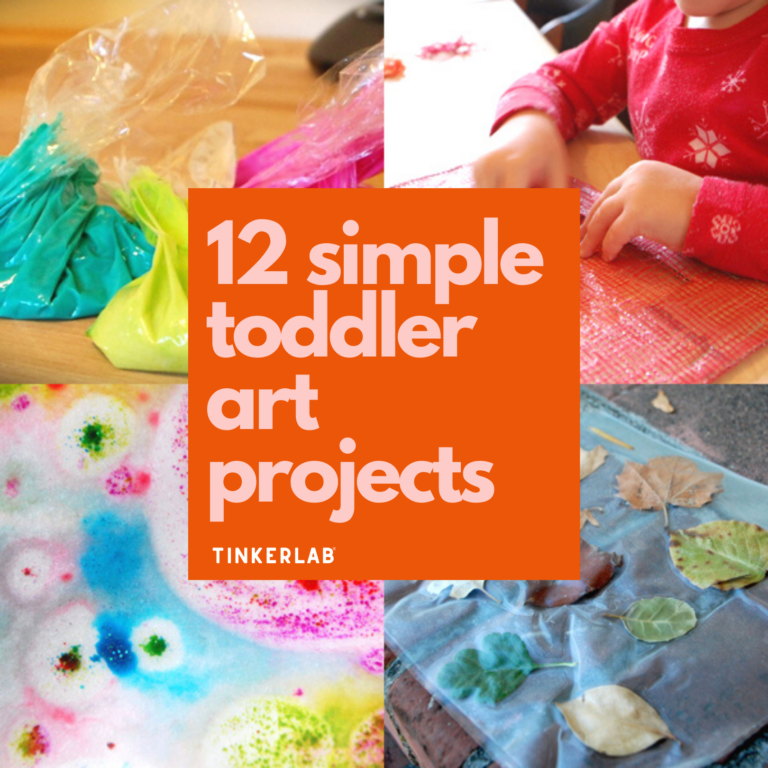
I’m often asked for activity ideas for arts and crafts for toddlers, so I collected a few of my favorite toddler art projects. Because I believe in keeping things simple and child-centered, these art activities are (for the most part)…

